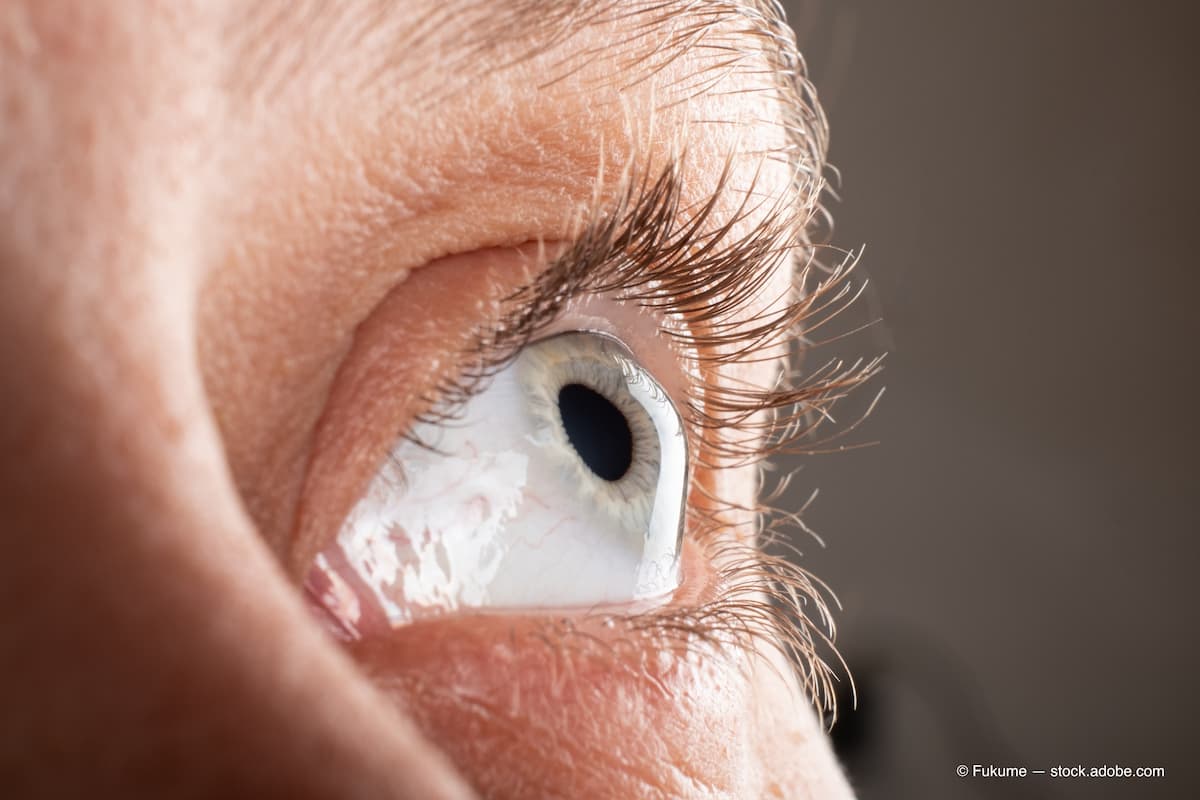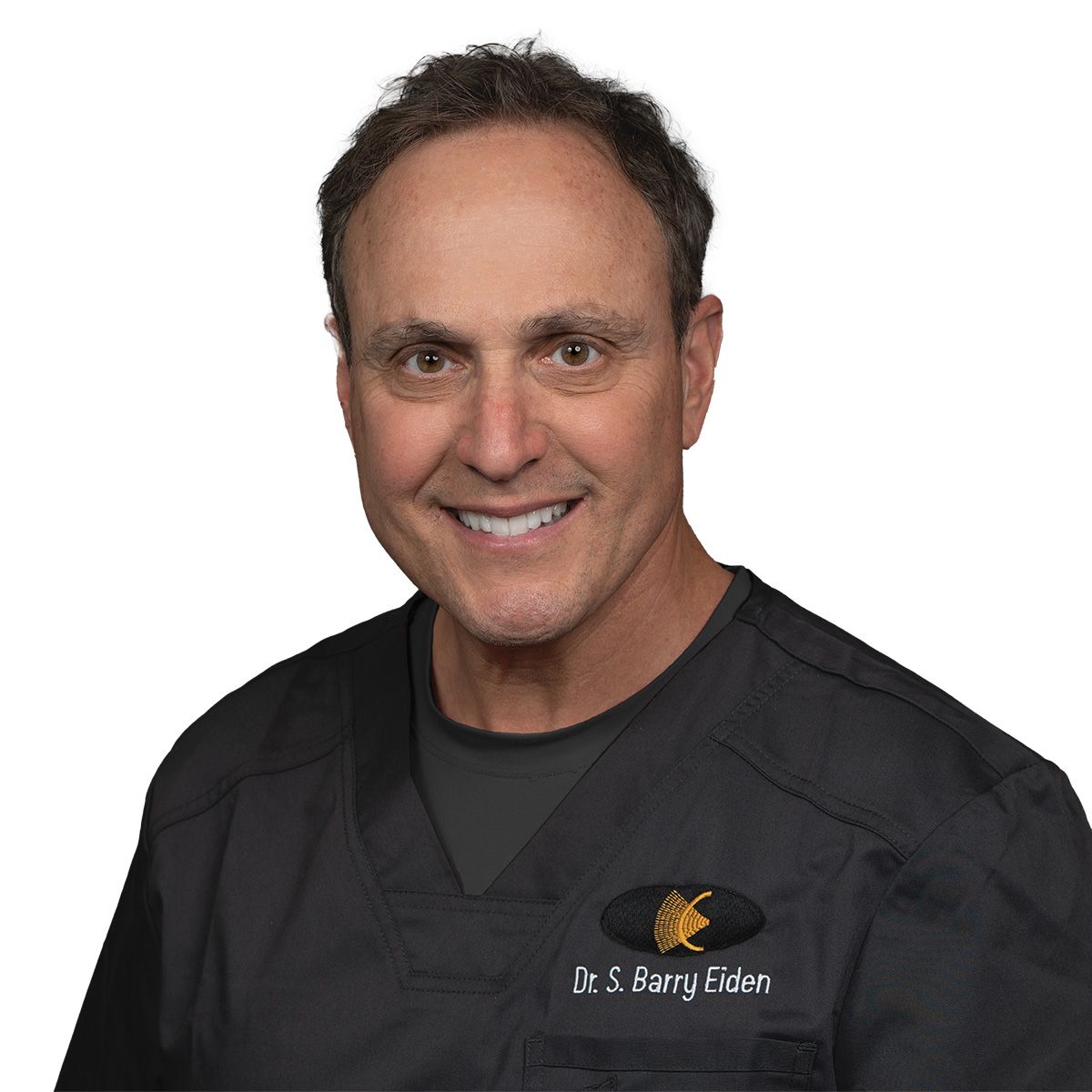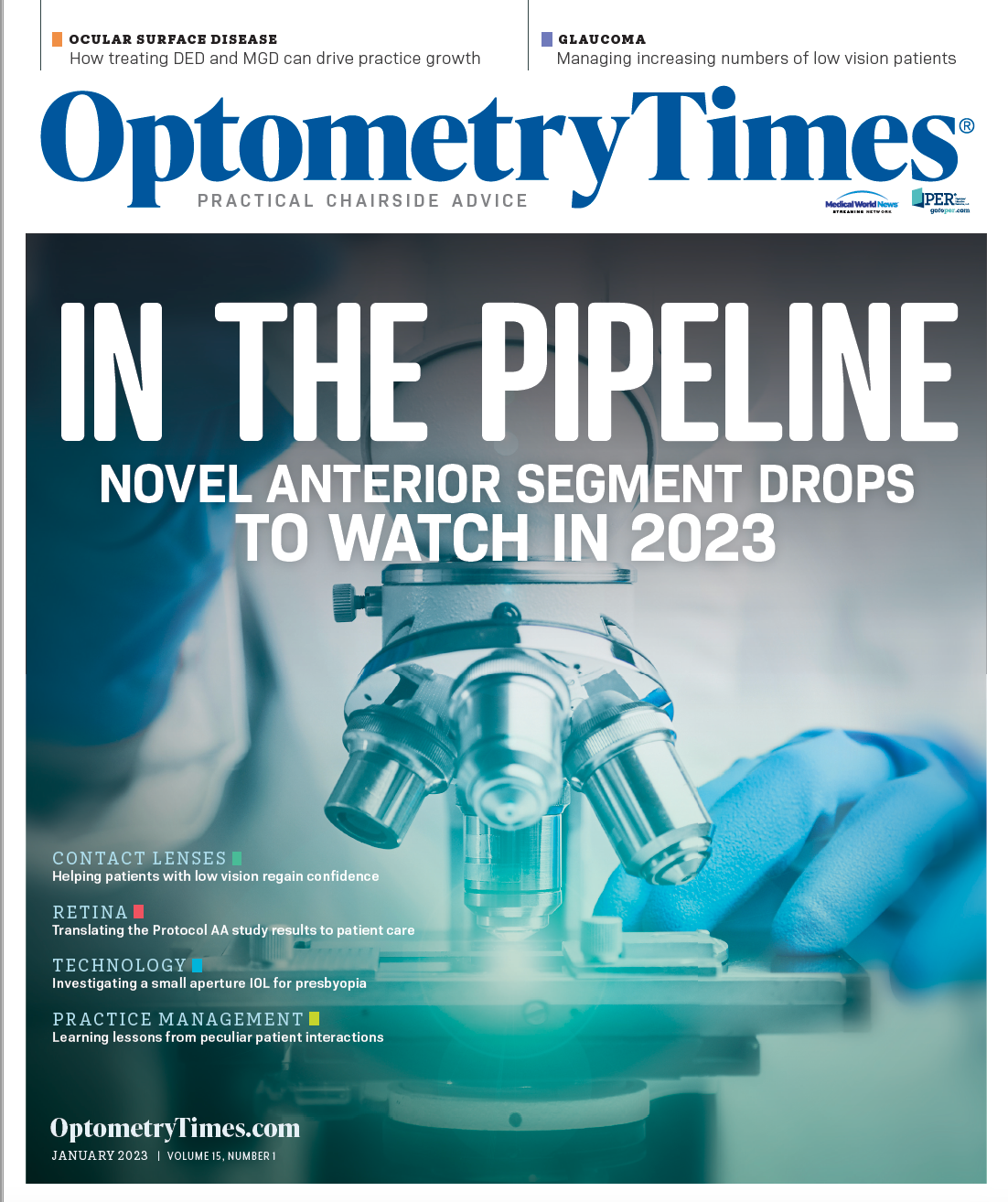International Keratoconus Academy continues to provide cutting-edge education
Over the years, IKA has become an invaluable resource for eye care professionals.

The International Keratoconus Academy of Eye Care Professionals (IKA) was established in 2014 to promote ongoing professional and scientific development in keratoconus and other forms of corneal ectasia.
The primary mission of IKA is the sharing of professional education and best practices for improved patient care and quality of life. IKA is led by an executive board and a medical advisory board (comprising experts from optometry, ophthalmology, and allied eye health professionals) and has open access to membership.
S. Barry Eiden, OD, FAAO, FSLS

Related: Woo U and IKA join forces for the Keratoconus Essentials Program
For decades leading up to the beginning of the 21st century, the education, research, and detection of corneal ectasias (including keratoconus) was stagnant. In the early 2000s, a renaissance of significant advancements in technology improved the understanding and detection of keratoconus and corneal ectasias.
These new principles and innovations began to become widely commercially available. However, a group of corneal and contact lens experts identified significant gaps that needed to be addressed within the eye care community; the education and clinical practices were significantly lagging behind the advent and commercialization of new research and technology in the larger medical world. As a result, IKA was born.
Andrew S. Morgenstern, OD, FAAO, FNAP

Since then, IKA has established itself as the primary source of the most current information on keratoconus and all forms of corneal ectasia.
Through live presentations at eye care meetings (nationally and internationally), virtual education including IKA’s ongoing webinar series, and publications and reports in the professional literature and media, IKA has taught and shared the most current principles of keratoconus care, improving global patient care.
Elizabeth Yeu, MD

IKA has also positively impacted patient lives via research. IKA has undertaken a large-scale prospective study establishing the pediatric prevalence of keratoconus (based on evaluation of more than 2000 individuals aged 3-18 years).
This research study, which analyzed the corneal tomography of every participant, has led to a clearer and new understanding of keratoconus prevalence in this age group. This study will enable more individuals to be detected as early in the disease process as possible, enabling early intervention and potentially preventing a lifetime of vison loss.
As IKA continued to grow, the next step was to establish a combined live and virtual meeting dedicated exclusively to keratoconus.
The first annual IKA Keratoconus Symposium: Front to Back and Everything In Between will take place on April 22 and 23 in Scottsdale, Arizona (Link to meeting website here).
Many of the best-known, highly respected experts worldwide will cover topics related to keratoconus diagnosis and management. The symposium will be cochaired by S. Barry Eiden, OD, FAAO, FSLS; Andrew S. Morgenstern, OD, FAAO, FNAP; and Elizabeth Yeu, MD.
This will be a first-of-its-kind meeting involving all eye care professions and entirely dedicated to keratoconus and the individuals with the disease who depend on us for their care.
Register here.

Newsletter
Want more insights like this? Subscribe to Optometry Times and get clinical pearls and practice tips delivered straight to your inbox.